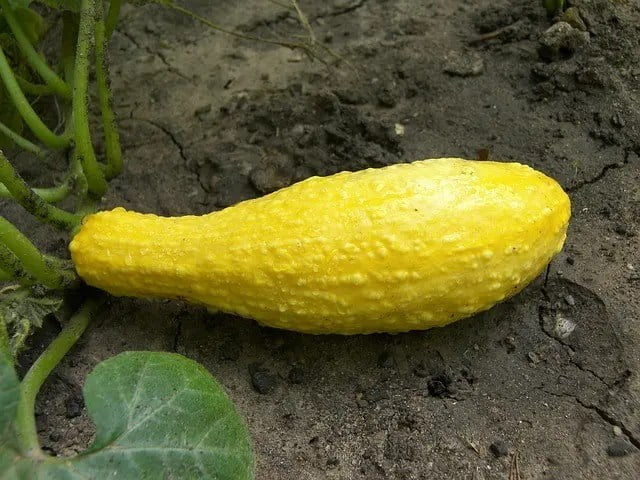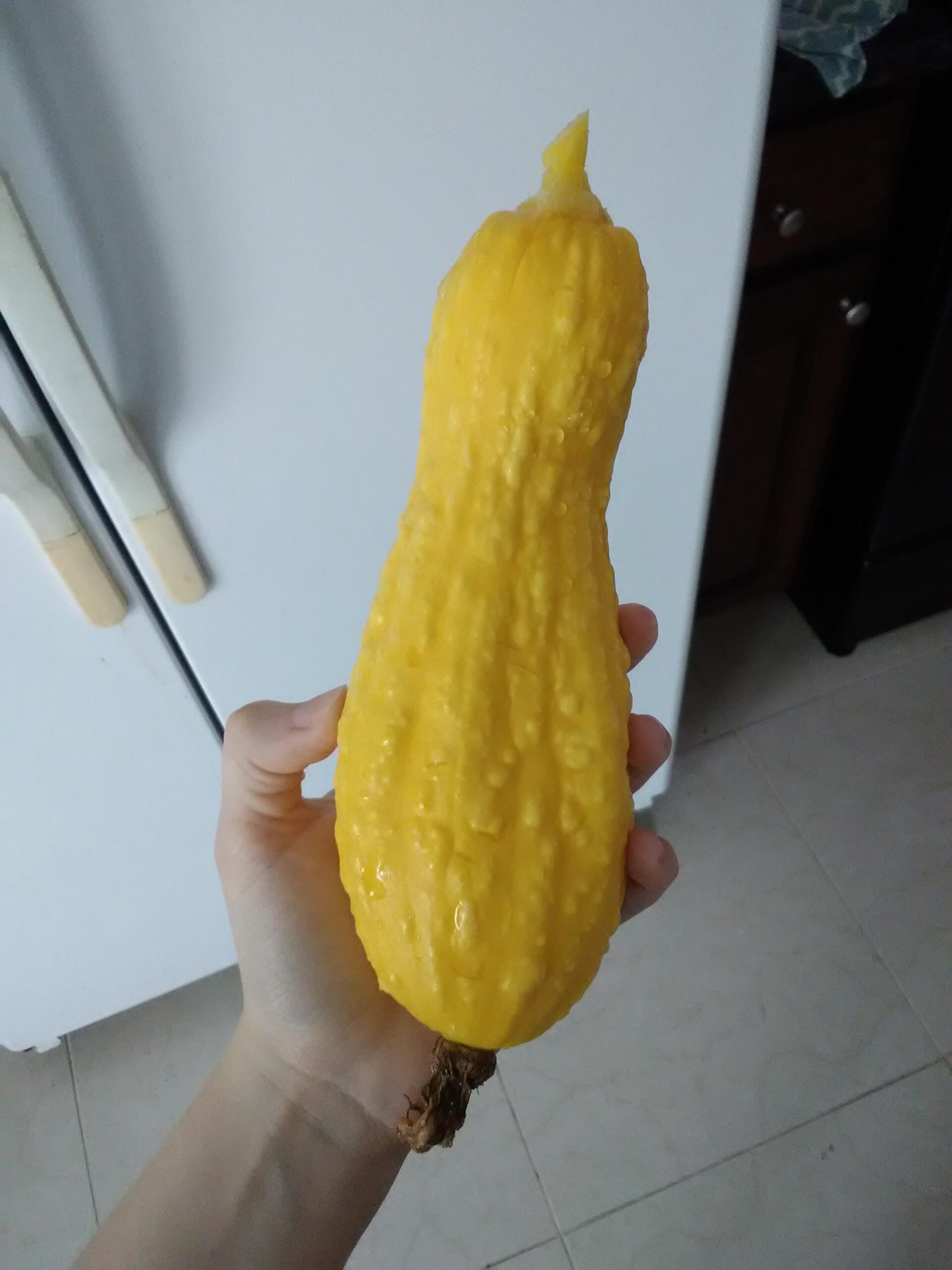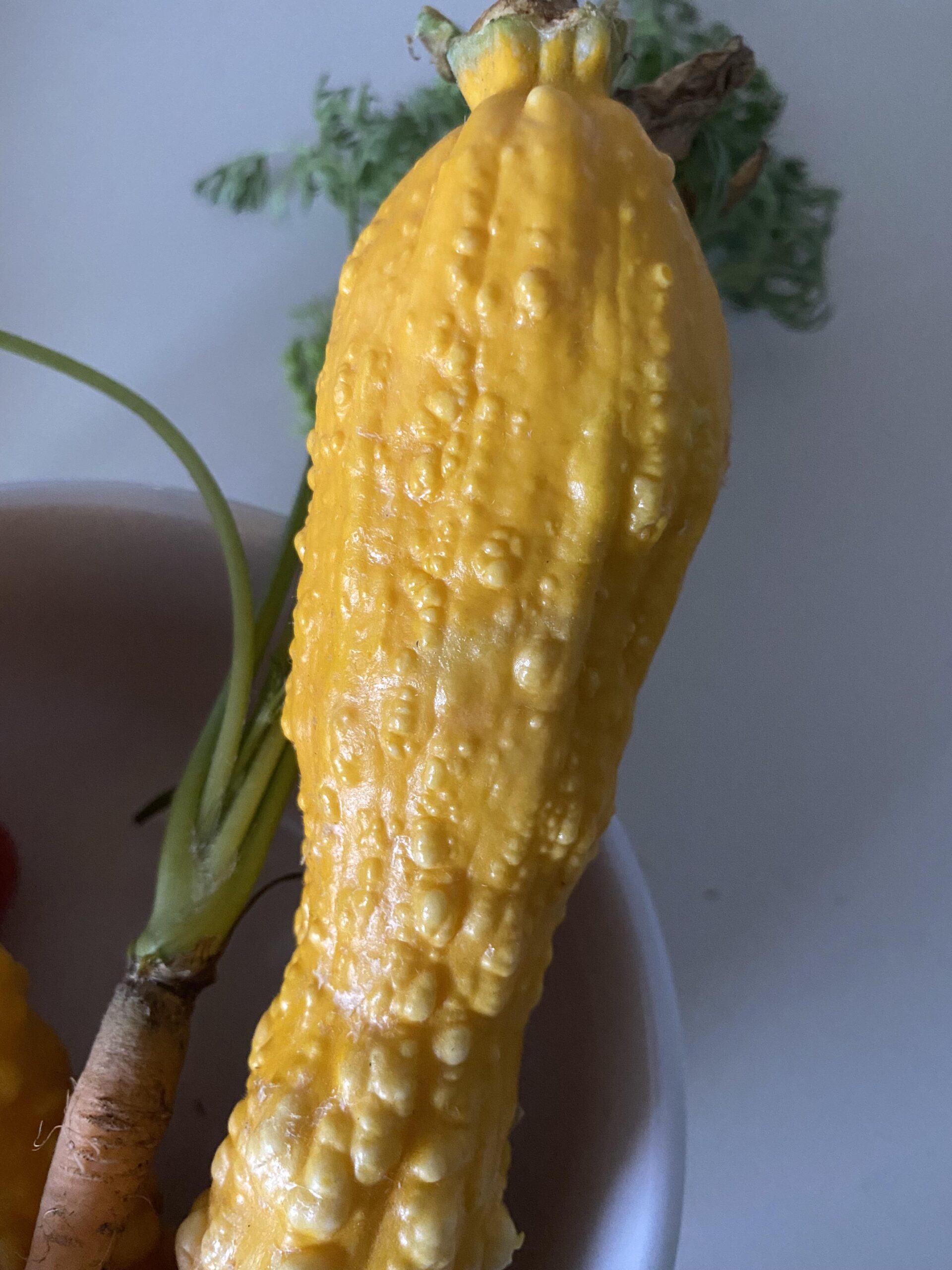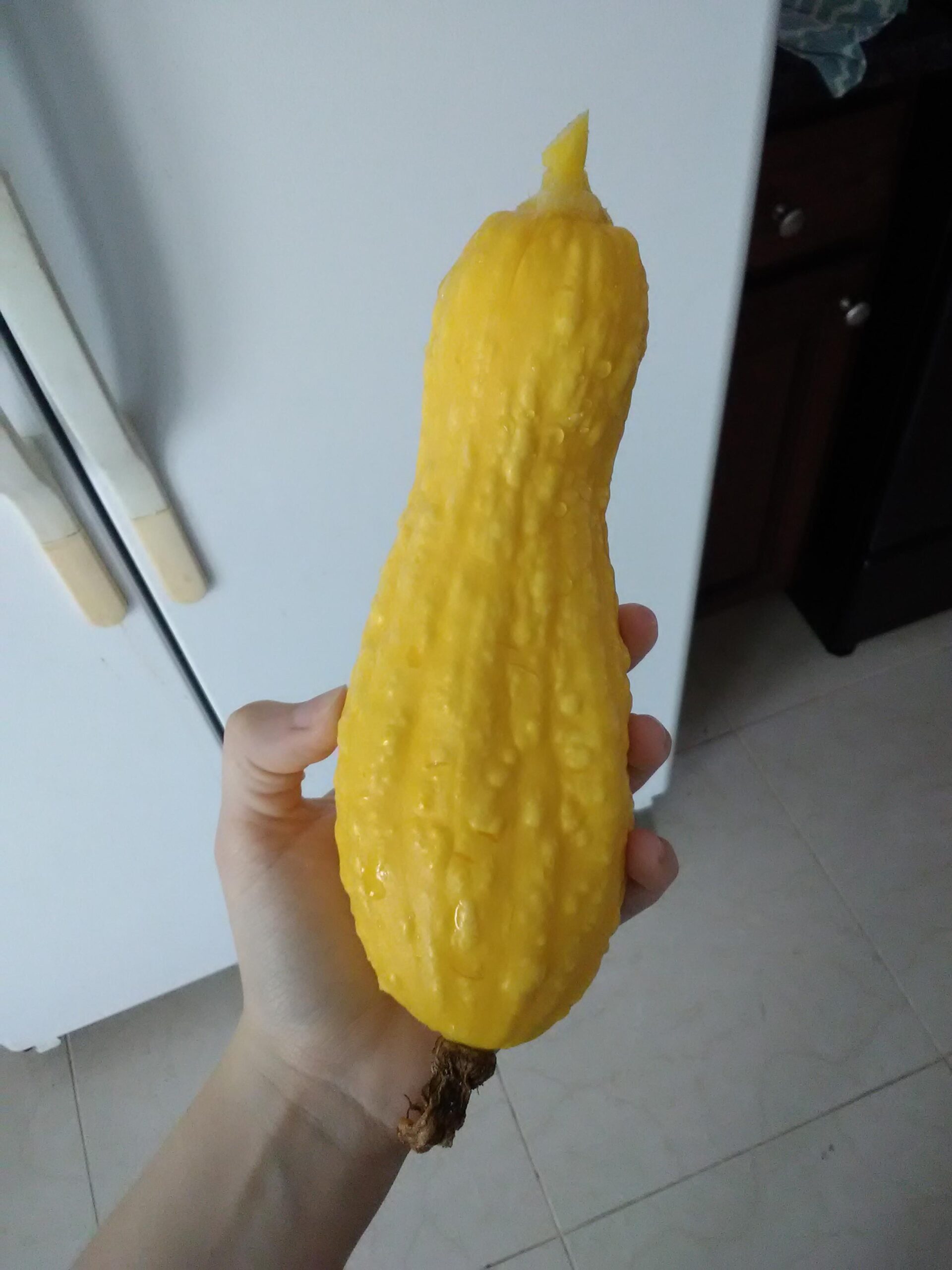Have you ever glanced at your yellow squash and wondered why it’s so bumpy? We’ve all been there! In this article, we’ll explore the reasons behind this peculiar phenomenon and shed some light on the mystery of bumpy yellow squash. So, the next time you find yourself perplexed by those little bumps, you’ll have the knowledge to understand what’s really going on.
Possible Causes of Bumpy Yellow Squash
If you’ve ever grown yellow squash and noticed that some of them have a bumpy appearance, you may be wondering what could be causing this. There are several potential causes for bumpy yellow squash, ranging from genetic variation to environmental conditions, pests and diseases, improper pollination, and nutrient imbalances. Let’s delve into each of these causes to better understand why your yellow squash might be bumpy.
Genetic Variation
Genetic variation is a common cause of bumpy yellow squash. Some squash varieties naturally have a bumpy texture, which can be attributed to their genetics. This means that if you’re growing a variety of yellow squash that is prone to bumps, it is likely that the bumps are simply a natural trait of the particular type of squash you’re growing.
In addition to natural genetic variation, certain varieties of yellow squash are more prone to developing a bumpy appearance than others. These varieties may have been specifically bred to have a bumpy texture, which could be desired for aesthetic or culinary purposes. If you intentionally chose a variety that is known for its bumpy appearance, you can rest assured that the bumps are not indicative of any problem with your squash plants.

Environmental Conditions
Environmental conditions can also play a role in the development of bumpy yellow squash. Fluctuating temperatures, particularly during the growing season, can cause stress on the plants and result in bumpy squash. Similarly, drought stress or excessive moisture can impact the overall health of the plant and lead to bumpy fruits. It’s important to provide stable environmental conditions for your squash plants to minimize the risk of bumpy fruit.
To prevent temperature fluctuations, consider using protective covers or providing shade during extremely hot periods. For drought stress, regular watering and mulching can help retain moisture in the soil. On the other hand, excessive moisture can be mitigated by improving drainage and avoiding overwatering. By maintaining stable environmental conditions, you can help your yellow squash plants produce smoother fruits.
Pests and Diseases
Pests and diseases are another culprit behind bumpy yellow squash. Squash bugs and cucumber beetles are common pests that can infest squash plants and cause damage to the fruits. Squash bugs, in particular, are notorious for feeding on the sap of the plants, which can result in bumpy or deformed squash. Additionally, viral and fungal infections can cause abnormalities in the growth and appearance of the fruits.
To prevent pests and diseases, it’s essential to implement proper pest control measures. This can include regular inspection of the plants, removal of any affected leaves or fruits, and the use of organic or chemical insecticides, if necessary. Additionally, practicing crop rotation can help prevent the buildup of pests and diseases in your garden. By actively managing pest and disease infestations, you can reduce the likelihood of bumpy yellow squash.

Improper Pollination
Improper pollination can also contribute to the development of bumpy yellow squash. Squash plants rely on pollinators, such as bees, to transfer pollen from the male flowers to the female flowers. When pollination is inadequate, the fruits may develop unevenly or become misshapen, resulting in a bumpy appearance. Cross-pollination with other squash varieties can also lead to irregular fruit development.
To ensure proper pollination, it’s important to attract pollinators to your garden by planting bee-friendly flowers nearby. You can also hand-pollinate the flowers by transferring pollen manually from the male to the female flowers using a small brush or cotton swab. Additionally, if you’re growing multiple varieties of squash, it’s advisable to separate them to prevent cross-pollination. By taking these steps, you can improve pollination and reduce the likelihood of bumpy yellow squash.
Nutrient Imbalance
Lastly, nutrient imbalances can contribute to the bumpy appearance of yellow squash. Specifically, a lack of calcium can lead to blossom end rot, which causes the fruits to develop lumpy patches. Similarly, an excess of nitrogen, typically resulting from over-fertilization, can disrupt fruit development and cause bumps or deformities. Additionally, imbalanced fertilizer usage, such as applying too much of one nutrient and neglecting others, can impact the overall health of the plants and result in bumpy squash.
To address nutrient imbalances, it’s crucial to provide adequate and balanced nutrition to your squash plants. Conduct a soil test to determine the nutrient levels and make necessary amendments to ensure a balanced soil composition. This may involve adding organic matter, such as compost or well-rotted manure, or using specific fertilizers designed for squash. By maintaining proper nutrient levels, you can minimize the risk of nutrient-related issues and promote the growth of smooth yellow squash.

How to Prevent Bumpy Yellow Squash
Now that we’ve explored the possible causes of bumpy yellow squash, let’s discuss some preventive measures you can take to ensure smoother fruits:
Selecting Quality Seeds: When choosing squash seeds, opt for reputable seed companies and select varieties known for producing smooth fruits.
Providing Stable Environmental Conditions: Maintain consistent temperatures, provide appropriate shade or covers during extreme weather conditions, and ensure adequate watering practices to prevent stress on the plants.
Implementing Pest and Disease Control Measures: Regularly inspect your plants for pests and diseases, use organic or chemical insecticides as needed, and practice proper crop rotation to minimize the risk of infestations.
Ensuring Proper Pollination: Attract pollinators to your garden by planting flowers that bees and other pollinators find attractive. Consider hand-pollination if needed and separate different squash varieties to prevent cross-pollination.
Balancing Nutrient Levels: Conduct a soil test to determine the nutrient composition and make necessary amendments to ensure a balanced nutrient supply. Avoid over-fertilization and use fertilizers specifically formulated for squash.
By following these preventive measures, you can significantly reduce the likelihood of bumpy yellow squash and enjoy a bountiful harvest of smooth and delicious fruits.
Conclusion
In conclusion, bumpy yellow squash can be caused by various factors, including genetic variation, environmental conditions, pests and diseases, improper pollination, and nutrient imbalances. Understanding these causes and implementing preventive measures can help you grow healthy and smooth yellow squash. Remember to choose quality seeds, provide stable environmental conditions, manage pests and diseases, ensure proper pollination, and maintain balanced nutrient levels. With proper care and attention, you’ll be able to grow beautiful, blemish-free yellow squash and enjoy the fruits of your labor.




